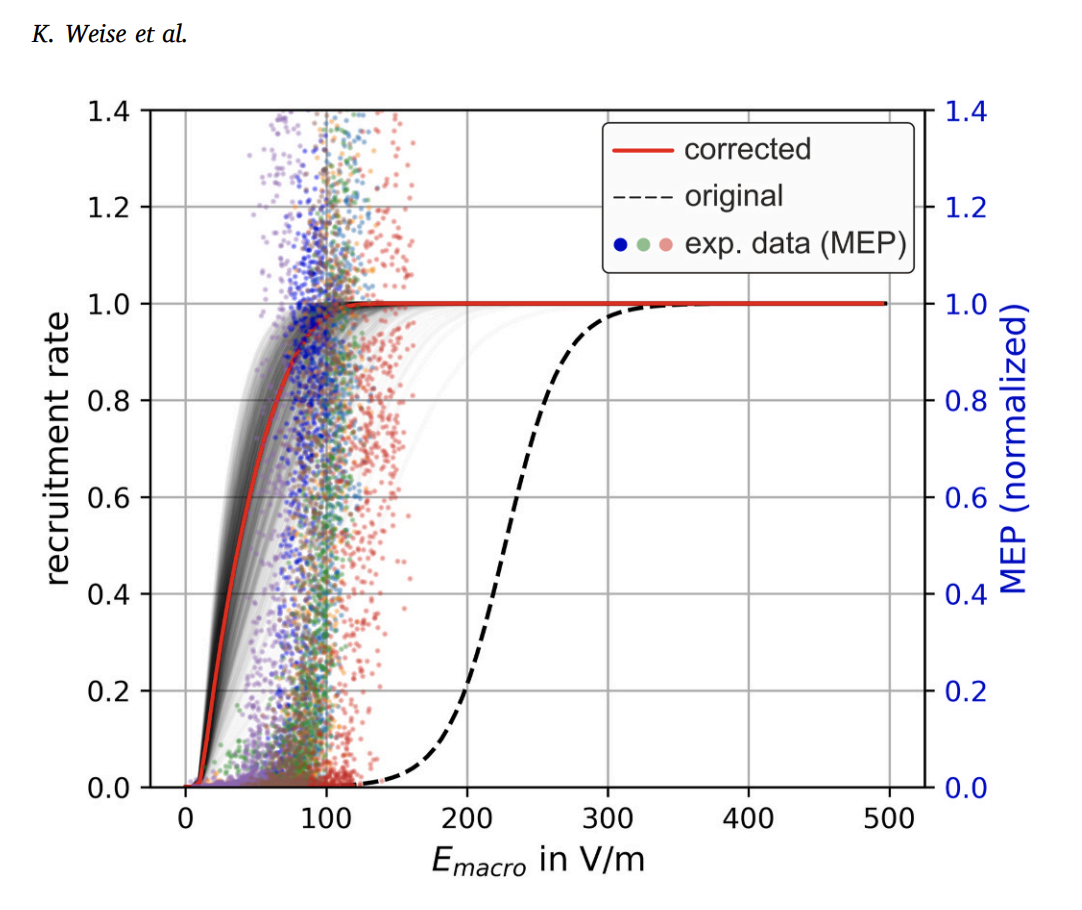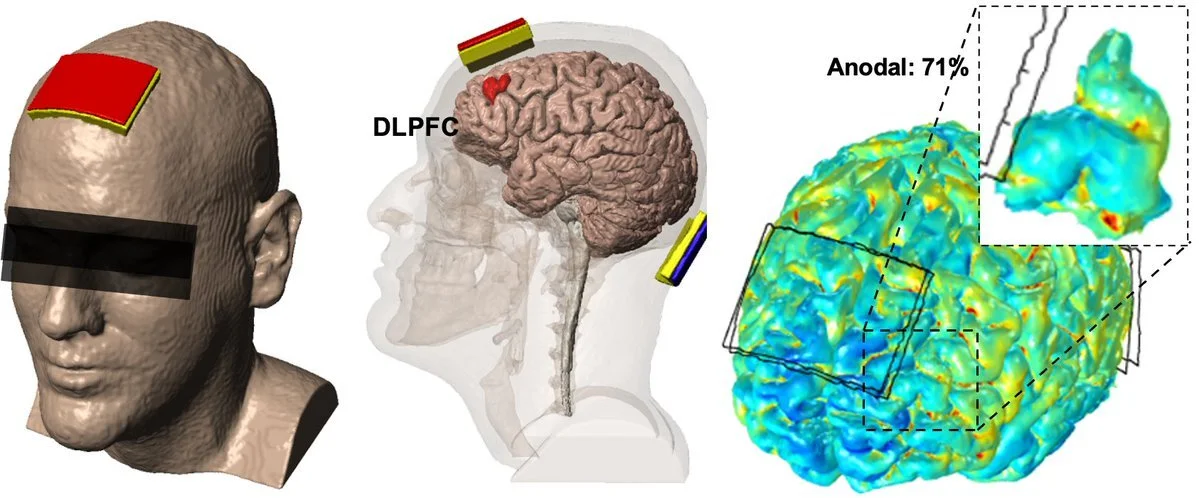Adantchede Louis Zannou , Mojtaba Belali Koochesfahani , Gabriel Gaugain , Denys Nikolayev , Marc Russo , Marom Bikson. Computational Optimization of Spinal Cord Stimulation for Dorsal Horn Interneuron Polarization. Neuromodulation. 2025 Apr 3:S1094-7159(25)00028-5. doi: 10.1016/j.neurom.2025.01.015.
Abstract
Objectives: The proposed mechanisms of spinal cord stimulation (SCS) follow the polarization of dorsal column axons; however, the development of subparesthesia SCS has encouraged the consideration of different targets. Given their relative proximity to the stimulation electrodes and their role in pain processing (eg, synaptic processing and gate control theory), spinal cord dorsal horn interneurons may be attractive stimulation targets.
Materials and methods: We developed a computational modeling pipeline termed "quasiuniform-mirror assumption" and applied it to predict polarization of dorsal horn interneuron cell types (islet type, central type, stellate/radial, vertical-like) to SCS. The quasiuniform-mirror assumption allows the prediction of the peak and directional axes of dendrite polarization for each cell type and location in the dorsal horn, in addition to the impact of the stimulation pulse width and electrode configuration.
Results: For long pulses, the peak polarization per milliampere of SCS with a spaced bipolar configuration was islet type 3.5mV, central type 1.3mV, stellate/radial 1.4mV, and vertical-like 1.6mV. For stellate/radial, the peak dendrite polarization was dorsal-ventral, and for islet-type, the peak dendrite polarization was in the rostral-caudal axis. For islet type and central type cells, peak dendrite polarization was between stimulation electrodes, whereas for stellate/radial and vertical-like cells, peak dendrite polarization was under the stimulation electrodes. The impact of the pulse width depends on the membrane time constants. Assuming a 1-millisecond time constant, for a 1-millisecond or 100-μs pulse width, the peak dendrite polarization decreases (from direct current values) by approximately 33% and approximately 88%, respectively. Increasing the interelectrode distance beyond approximately 3 cm did not significantly increase the peak polarization but expanded the region of interneuron polarization.
Conclusions: Predicted maximum polarization of islet-cells in the superficial dorsal horn at locations between electrodes is 4.6mV for 2 mA, 1-millisecond pulse SCS. A polarization of a few millivolts is sufficient to modulate synaptic processing through subthreshold mechanisms. Our simulations provide support for SCS approaches optimized to modulate the dendrites of dorsal horn neurons.


































